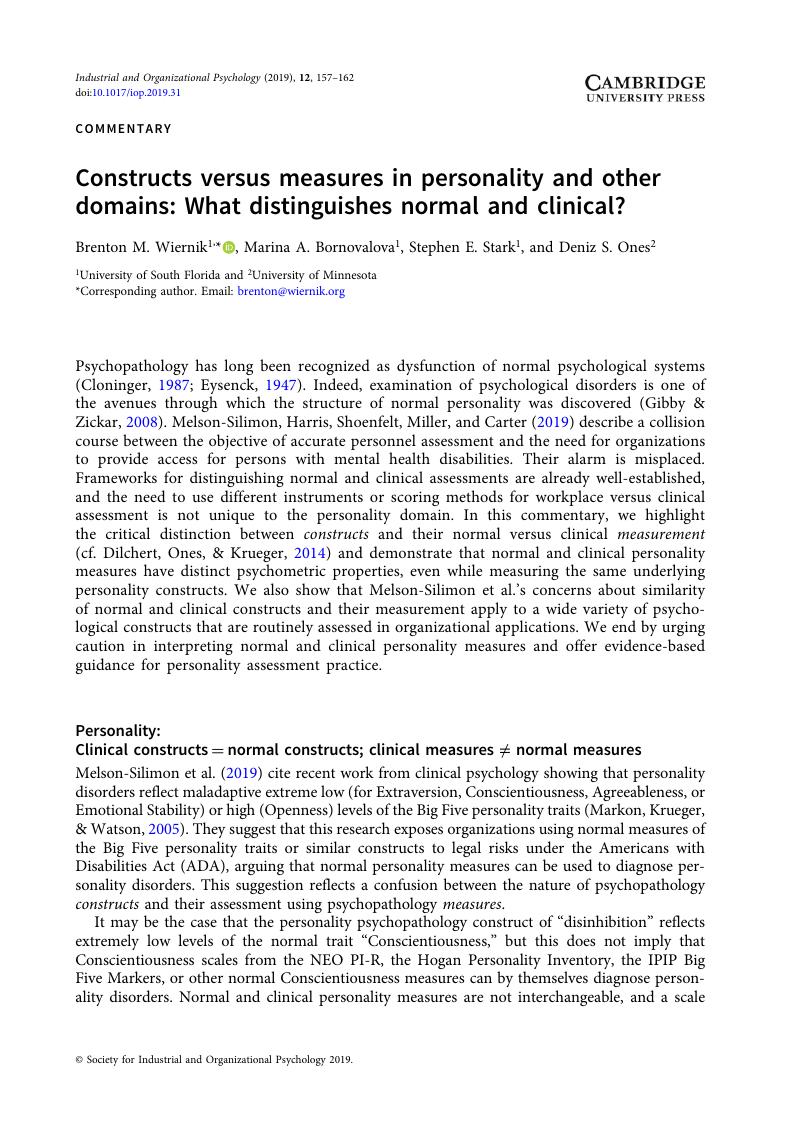Crossref Citations
This article has been cited by the following publications. This list is generated based on data provided by Crossref.
Summerell, Patrick A.
Smillie, Luke D.
and
Anderson, Jacqueline F. I.
2023.
Personality traits beyond Neuroticism predict post-concussive symptomatology in the post-acute period after mild traumatic brain injury in premorbidly healthy adults.
Applied Neuropsychology: Adult,
Vol. 30,
Issue. 6,
p.
661.



